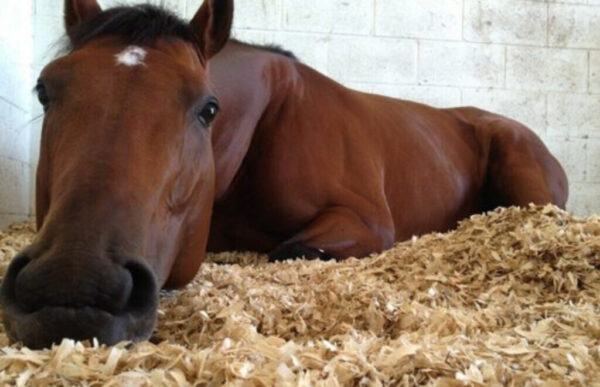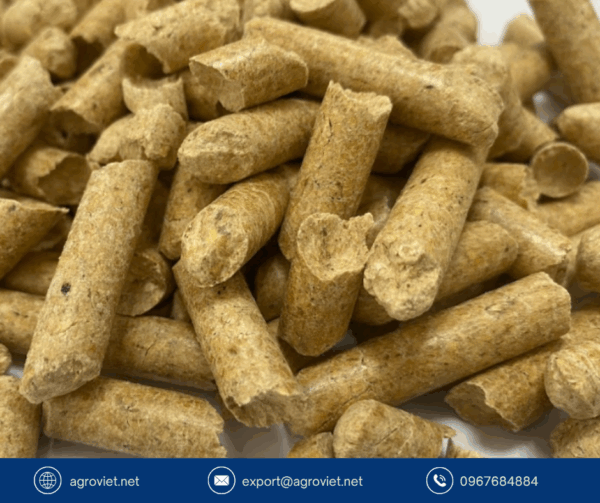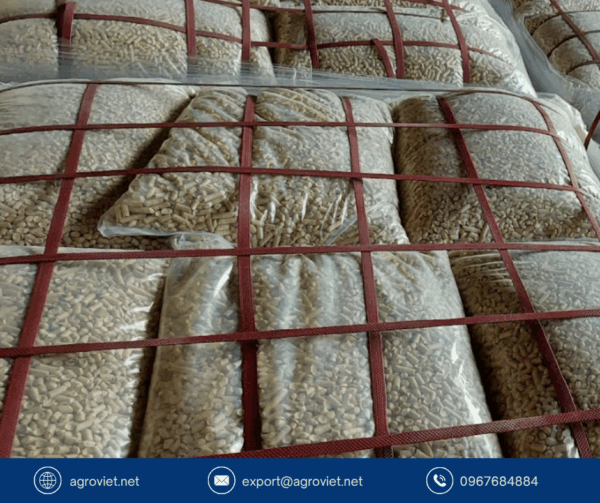The Hidden Risk of Skin Lesions in Horses: How Moisture and Dirty Bedding Cause Dermatological Problems
Introduction to Horse Skin Health
Skin lesions in horses, such as scratches, rain rot, and pastern dermatitis, are common yet preventable issues that can cause discomfort and lead to costly treatments. These dermatological problems often stem from environmental factors like moisture and dirty bedding, which create ideal conditions for bacterial and fungal infections. Clean wood pellets, an increasingly popular bedding choice, offer a highly effective solution to maintain a dry, hygienic stall environment, reducing the risk of skin lesions. This post explores the link between poor bedding management and equine skin issues, emphasizing the critical role of wood pellets in prevention, based on insights from veterinary research.
Common Skin Lesions in Horses
Horses are susceptible to a range of skin conditions triggered by environmental factors. Scratches (pastern dermatitis), caused by bacteria like Dermatophilus congolensis, thrive in wet, muddy conditions, leading to crusty, painful lesions on the lower legs. Rain rot, another Dermatophilus-related condition, results in scabby, hairless patches, particularly in horses exposed to prolonged moisture. Fungal infections, such as those caused by Trichophyton or Microsporum, can also develop in damp environments, causing itching and hair loss. These conditions, if untreated, may lead to secondary infections, with treatment costs averaging $100-$300 per case, depending on severity.
Watch this: https://www.youtube.com/watch?v=YKJtPD0SVA4
The Role of Moisture in Skin Lesions
Moisture is a primary driver of equine skin lesions. Wet bedding, muddy paddocks, or prolonged exposure to rain softens the skin, making it more susceptible to abrasions and microbial invasion. According to veterinary insights from Mad Barn, moist environments promote the growth of bacteria and fungi, which penetrate the skin through small cuts or abrasions. Horses standing in wet, manure-laden bedding are particularly at risk, as prolonged contact with urine and feces further irritates the skin, increasing the likelihood of conditions like scratches or cellulitis.
How Dirty Bedding Exacerbates Skin Problems
Dirty bedding, contaminated with manure, urine, or mold, is a breeding ground for pathogens. Straw or low-quality shavings often retain moisture and harbor bacteria like Staphylococcus or fungi like Aspergillus, which can trigger skin infections. Dirty bedding also causes physical irritation, as abrasive particles rub against the horse’s skin, creating entry points for microbes. Neglecting regular stall cleaning increases these risks, potentially leading to chronic conditions that require veterinary intervention, extended recovery periods, and reduced performance in working horses.
Why Wood Pellets Are Essential for Prevention
Wood pellets, made from compressed, heat-treated sawdust, are a superior bedding option for preventing skin lesions in horses. Their exceptional absorbency—up to four times their weight in moisture—keeps stalls dry, reducing the conditions that foster bacterial and fungal growth. The heat treatment process eliminates pathogens and mold spores, ensuring a hygienic bedding surface. Unlike traditional shavings or straw, wood pellets break down into a soft, dust-free bedding layer when wetted, minimizing skin irritation and maintaining a clean environment critical for equine skin health.
Scientific Support for Wood Pellets
Research from equine health sources, including Mad Barn, underscores the importance of dry, clean bedding in preventing dermatological issues. Studies indicate that bedding materials with high absorbency, like wood pellets, reduce moisture levels by up to 50% compared to straw, significantly lowering the risk of bacterial infections. The low dust content of wood pellets also prevents respiratory and skin irritation, which can exacerbate conditions like rain rot. By maintaining a sanitary stall, wood pellets help reduce the incidence of skin lesions, supporting overall horse welfare.
Key Benefits of Wood Pellets for Equine Bedding
-
Superior Moisture Absorption: Absorbs moisture efficiently, keeping stalls dry and reducing microbial growth.
-
Hygienic Properties: Heat-treated to eliminate bacteria, fungi, and mold spores, minimizing infection risks.
-
Low Dust: Reduces skin and respiratory irritation, unlike dusty shavings or straw.
-
Cost-Effective: Requires less frequent replacement due to high absorbency, saving time and money.
-
Eco-Friendly: Made from renewable wood byproducts and compostable after use, supporting sustainable stable management.
Consequences of Neglecting Proper Bedding
Failing to use clean, absorbent bedding like wood pellets increases the risk of skin lesions and related complications. Wet, dirty bedding promotes bacterial and fungal proliferation, leading to painful conditions that can impair a horse’s mobility and performance. Chronic skin infections may require antibiotics or antifungal treatments, with recovery times ranging from weeks to months. In severe cases, untreated lesions can lead to systemic infections like cellulitis, necessitating costly veterinary care and potentially affecting the horse’s long-term health and usability.
Practical Tips for Using Wood Pellets
To maximize the benefits of wood pellets, horse owners should follow these best practices:
-
Use high-quality, untreated wood pellets from reputable suppliers to ensure purity and effectiveness.
-
Spread pellets evenly in stalls, starting with a 1-2 inch layer, and add water to expand them into a soft bedding base.
-
Maintain a bedding depth of 4-6 inches after expansion for optimal comfort and absorbency.
-
Clean stalls daily, removing wet spots and adding fresh pellets as needed to keep the environment dry.
-
Combine with proper ventilation and regular grooming to further reduce moisture and pathogen exposure.
Complementary Strategies for Skin Health
While wood pellets are highly effective, a holistic approach enhances skin health:
-
Regular Grooming: Clean and dry the horse’s legs and body to remove mud and irritants.
-
Paddock Management: Ensure turnout areas are well-drained to minimize exposure to muddy conditions.
-
Veterinary Monitoring: Schedule regular check-ups to catch early signs of skin lesions and prevent escalation.
-
Nutrition: Provide a balanced diet with adequate zinc and biotin to support skin integrity and healing.
-
Hygiene: Wash shared equipment, like brushes or blankets, to prevent cross-contamination.
Economic and Welfare Impacts
Preventing skin lesions with wood pellets improves horse welfare and reduces financial burdens. Healthy horses maintain their performance and value, whether for competition or leisure. Treatment costs for skin infections, combined with lost training or show time, can strain stable budgets. Wood pellets, while initially more expensive than straw, offer long-term savings due to their durability and lower replacement frequency. Additionally, their eco-friendly nature supports sustainable stable management, aligning with growing consumer demand for environmentally responsible practices.
Addressing Challenges with Wood Pellets
Wood pellets require proper handling to maximize their benefits. Initial setup involves wetting the pellets to expand them, which may take extra time compared to traditional shavings. Sourcing high-quality pellets is also critical, as low-grade products may contain dust or contaminants. Horse owners should work with trusted suppliers and store pellets in a dry area to maintain their quality. With proper management, these challenges are minimal compared to the significant benefits wood pellets provide in preventing skin lesions.
Conclusion
Skin lesions in horses, driven by moisture and dirty bedding, are a preventable threat to equine health and performance. Clean wood pellets offer a science-backed solution by maintaining a dry, hygienic stall environment that reduces the risk of bacterial and fungal infections. Supported by veterinary research from sources like Mad Barn, wood pellets stand out for their absorbency, hygiene, and low dust content. By prioritizing wood pellets and adopting complementary management practices, horse owners can protect their animals from painful skin conditions, enhance welfare, and ensure long-term stable success.
Read more: https://vietnambestwood.com/general/pine-wood-pellets-the-green-solution/
